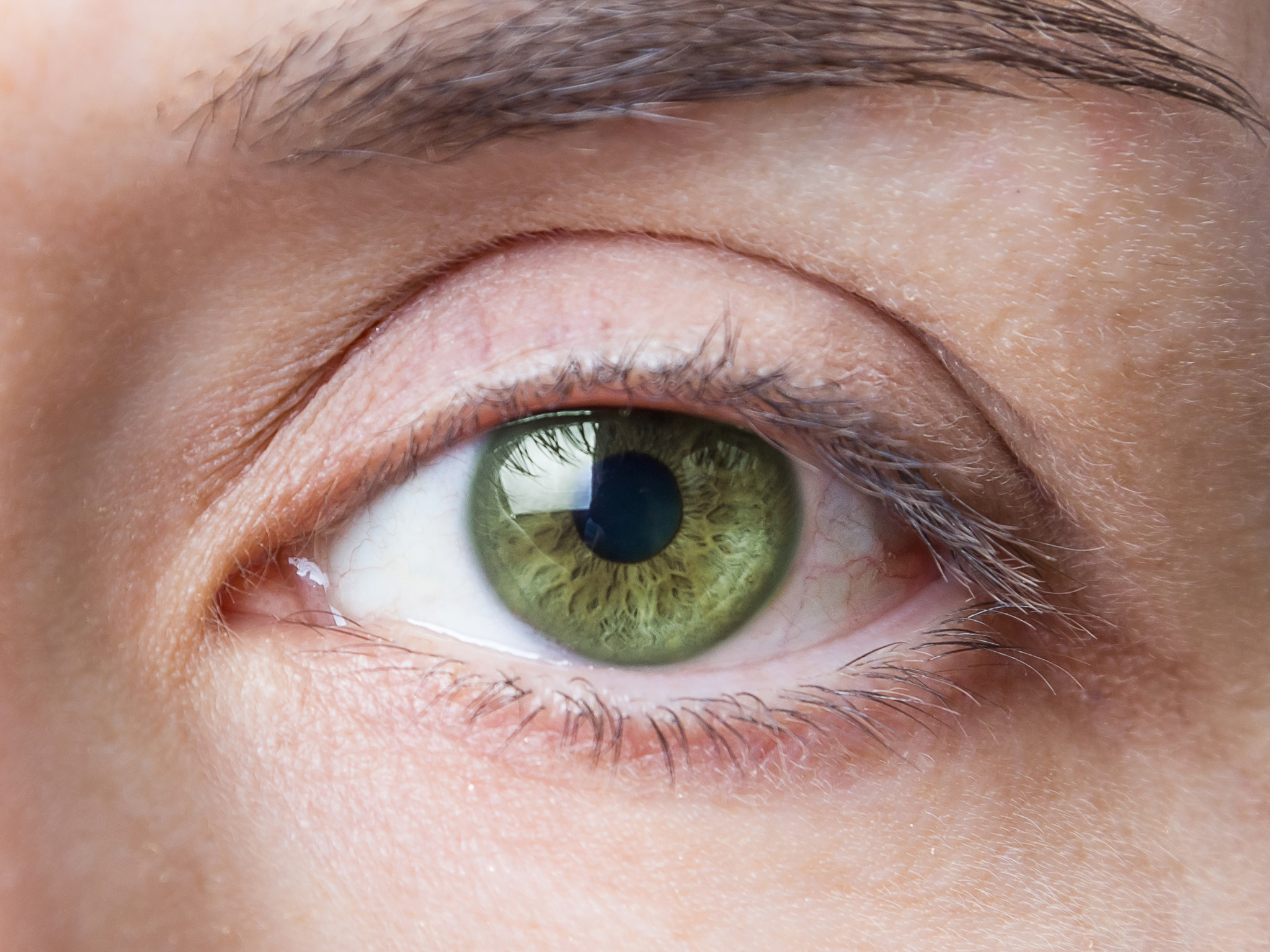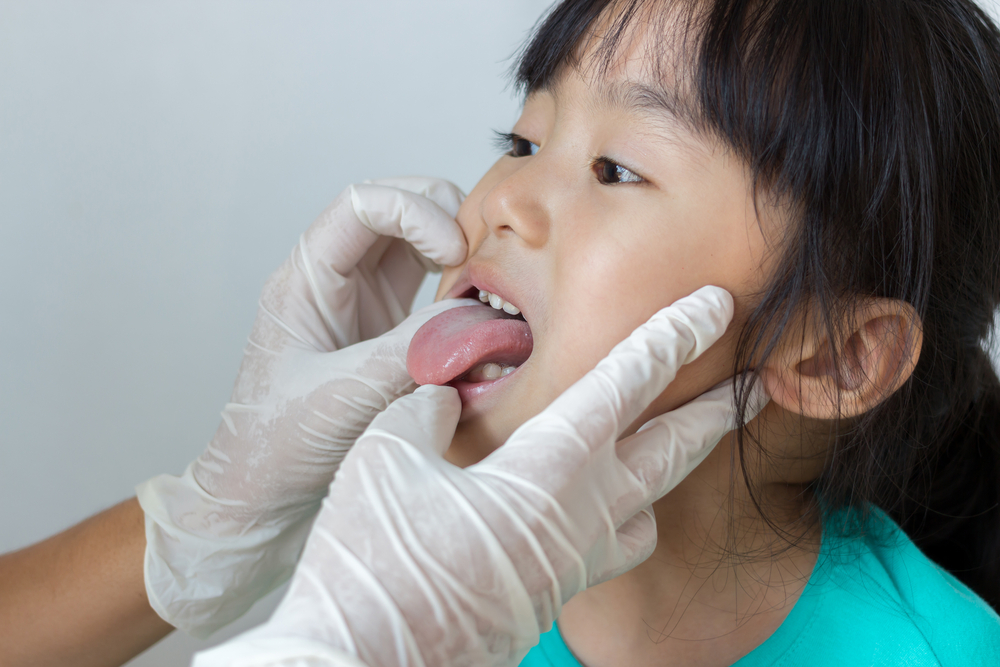Contents:
- Medical Video: Eye Problems : How to Heal Eyes After Laser Surgery
- Antibiotics to prevent complications after cataract surgery
- 1. Injected into the eye
- 2. Eye drops antibiotics before surgery
- 3. Taken before surgery
Medical Video: Eye Problems : How to Heal Eyes After Laser Surgery
One of the most feared complications occurring after cataract surgery is an endophthalmitis eye infection. Endophthalmitis can cause blurred vision to even blindness. Here is the role of antibiotic use after surgery to prevent these complications. What antibiotics are commonly used by doctors?
Antibiotics to prevent complications after cataract surgery
There are three most common ways that doctors use antibiotics after cataract surgery to prevent the risk of endophthalmitis. Here's the description:
1. Injected into the eye
Injecting the drug directly into the front eye chamber (the space between the cornea and iris, which is filled with fluid) immediately after cataract surgery is a method that has been shown to be effective in reducing the risk of eye infections. The antibiotic drugs commonly used in this method are:
- Cefalosporin group, such as cefuroxime and cefazoline. Both are at minimum risk of side effects.
- Vancomycin. A study in Australia reported that this drug can reduce the number of bacteria that cause eye infections up to 32 hours after surgery. Even so, vancomycin has the risk of side effects of edema in the macular area of the eye so it is not usually used as the first treatment to prevent infection after cataract surgery.
- Fourth generation fluoroquinolone group, moxifloxacin. Moxifloxacin works to kill gram positive and gram negative bacteria so as to provide wider protection. The effectiveness of this drug in preventing infection is no different from cefuroxime.
Actually, there is one other way of injecting that is through the subconjunctiva (the outermost layer of the eye that is clear). This method is proven to greatly reduce the risk of infection. However, recent research has shown that direct injection into the front chamber area has proven to be more effective in preventing infection so that injections via subconjunctiva have begun to be abandoned.
2. Eye drops antibiotics before surgery
Most of the infections that occur after cataract surgery are caused by microorganisms that already live in the eye. So, dropping antibiotic eye drugs can be done before surgery is done to reduce as much bacteria as possible in the eye.
Some types of eye drops commonly used are:
- Gatifloxacin, 4th generation fluoroquinolone group
- Levofloxacin, 3rd generation fluoroquinolone group
- Ofloxacin (2nd generation fluoroquinolone group)
- Polymyxin or trimethoprim
Among the four drugs above, gatifloxacin can be absorbed more effectively into the eyeball so that it works faster to prevent the risk of infection.
3. Taken before surgery
There are no studies that can prove the effectiveness of oral antibiotics to prevent the occurrence of endophthalmitis eye infections. Because the drug taken must be digested in the digestive system first so that it is considered not so effective to quickly reach the front of the eye chamber.












